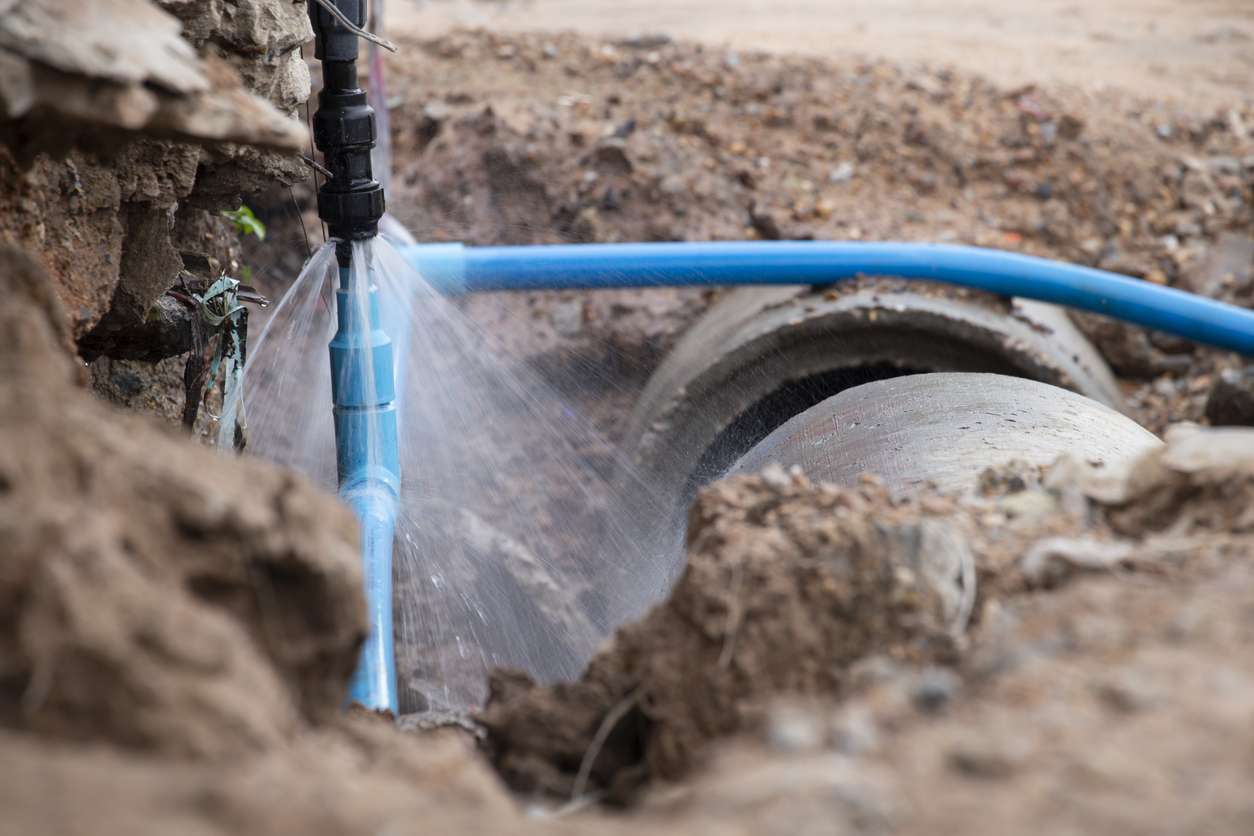
On 19th October 2021, took place the Non-Revenue Water (NRW) event in the city of Leuven. This meeting, organised by the Flemish Environment Agency (AquaFlanders) and Vlakwa, brought together more than twenty organisations around the topic of the “battle of the lost water”. The event focused on innovations helping to reduce non-revenue water or water that is “lost” before reaching the customer. The field of research on lost water is wide. It includes leak detection and reduction (the infrastructure leakage index) materials, pipes, monitoring, measurement etc.
How to measure leakage?
One of the aspects of non-revenue water is leakage. Three indicators are universally used to measure them and could contribute to the construction of a global water index.
- The most commonly used indicator is the volume measurement. This is m3 or m3/km.
- The second most commonly used indicator is percentage. However, this method is subject to large inaccuracies.
- The third indicator is the Infrastructure Leakage Index (ILI). Expert Kris Van den Belt from the Vlaamse Milieumaatschappij of the Flanders Environmental Agency at the NRW event, presented this indicator. This internationally recognised indicator represents the ratio of actual water loss to unavoidable actual water loss.
How is the Infrastructure Leakage Index calculated?
The ILI is the ratio of the actual annual real losses (CARL) to the actual unavoidable losses (PIA).
(CARL) to the actual annual unavoidable losses (UARL),
or ILI = CARL / UARL.
The ratio of CARL to UARL (ILI) is a measure of the effectiveness of the three infrastructure management functions: 1) repairs, 2) pipelines and 3) asset management.
The UARL is calculated with a formula based on the following parameters:
- Lm = length of the network (km)
- Nc = number of connections (from network to property line)
- Lp = total length of underground pipes from property line to meter = Nc x lp/1000 (km)
- P = average pressure (metres). There are three “fixed” length parameters (fixed in the sense that they do not vary according to operating conditions) and one “floating” parameter (floating in the sense that it varies daily, seasonally and according to cultural events and habits).
As it is a ratio, the ILI has no unit and therefore facilitates comparisons between countries that use different units of measurement (metric, American, British).
Use of the water index
This index has limited use due to its high cost of data collection and its sensitivity to the “average” pressure in the network.
However, the AquaFlanders group has accepted the ILI as a suitable method to compare leakage management performance across utilities with wide variations in consumption, connection density and operating pressure.
According to the Drinkwaterbalans report of the Flemish Environmental Society (2017), the average ILI in Flanders is 1.28. An ILI of less than 2 is the accepted standard for high-income countries.
We believe that managing water losses from the distribution system is an essential part of the role of water suppliers. Water suppliers recognise that the actual level of leakage can also be an indicator of the overall quality and integrity of the water supply system. That’s why we offer our award-winning leak detection technology. If you want to know more contact our experts at Shayp!

